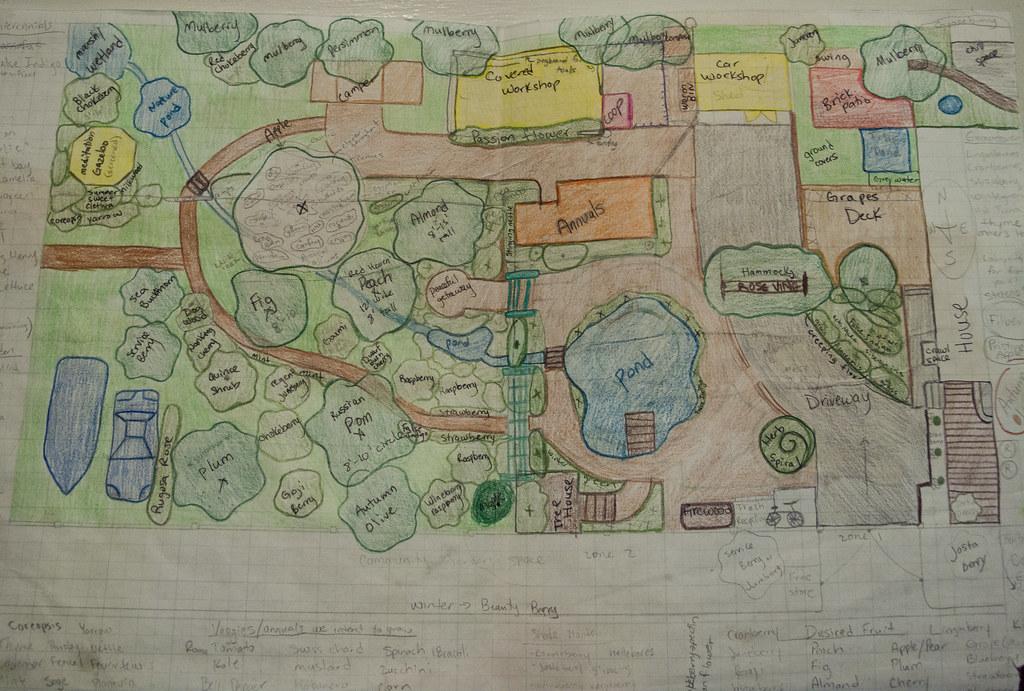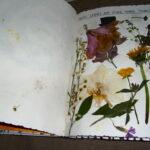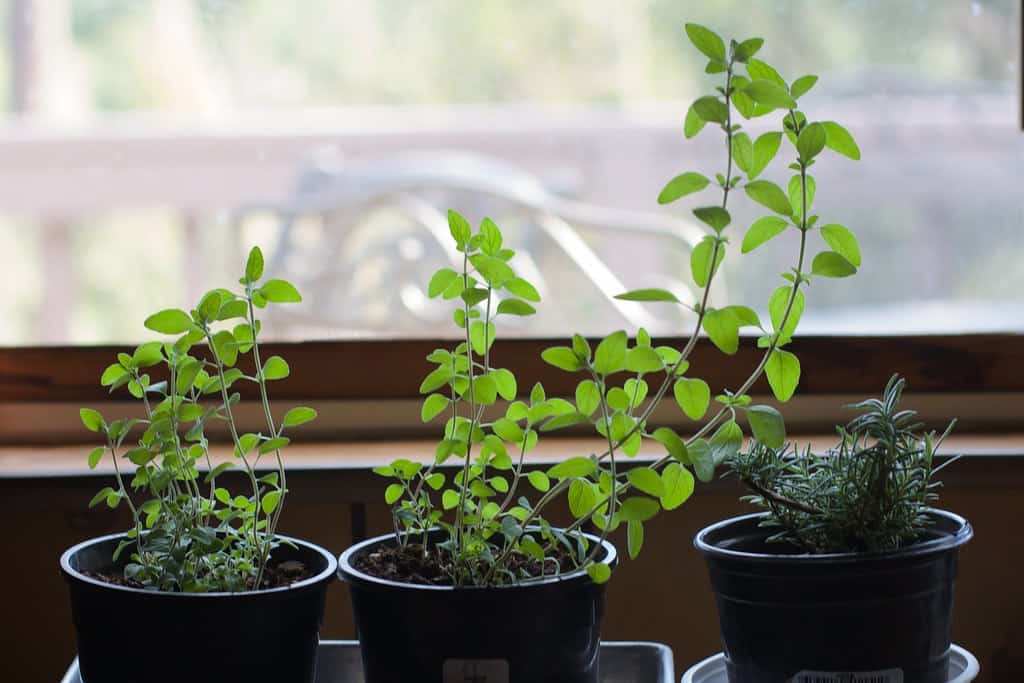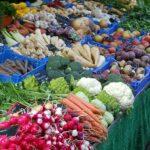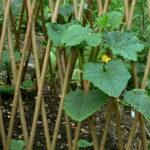Gardening is a fulfilling and rewarding hobby that can provide a bounty of fresh, organic produce right in your own backyard. With the rise of edible gardening, many gardeners are now looking to incorporate an edible landscape into their yard, creating beautiful and functional spaces. Whether you have a large garden, a small patio, or simply a windowsill, there are many tips for best gardening practices in designing an edible landscape that you can follow to ensure a successful harvest.
Guide to Designing and Edible Landscape
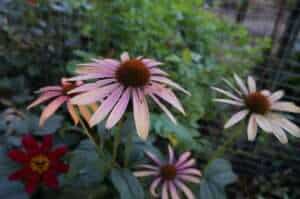
- Choose the Right Plants: When selecting plants for your edible landscape, it’s important to choose plants that will thrive in your local climate and soil conditions. Consider the amount of sun and shade your garden receives, as well as the soil type and pH. Research plants that are well suited to your area, and select a variety of fruits, vegetables, herbs, and other edibles that will provide a harvest throughout the growing season.
- Plan Your Garden: Once you have chosen the plants you want to grow, it’s time to plan your garden. Map out the garden on paper, including the location of each plant and the space needed for growth. This will help you avoid over-crowding and ensure proper air circulation, which is important for preventing disease.
- Mulch Your Garden: Mulching is an important step in maintaining a healthy and productive edible garden. Mulch helps retain moisture in the soil, suppresses weed growth, and provides a microhabitat for beneficial insects and soil microorganisms. Choose a mulch that is appropriate for your local climate, such as shredded leaves, straw, or wood chips.
- Water Wisely: Water is essential for the growth and health of your edible landscape, but it’s important to water wisely. Over-watering can lead to root rot, while under-watering can stress plants and reduce yields. Water in the morning, when temperatures are cooler, and water the soil, not the foliage, to prevent fungal diseases.
- Fertilize Regularly: Fertilizing is an important step in maintaining the health of your edible landscape. Choose a fertilizer that is appropriate for your local climate and soil conditions, and follow the manufacturer’s instructions for application rates and timing.
- Prune Regularly: Pruning is an important step in maintaining the health and productivity of your edible landscape. Prune back overgrown plants to encourage new growth and improve air circulation. Remove diseased or damaged plant material to prevent the spread of disease.
- Monitor for Pests and Diseases: Pests and diseases are a common problem in gardens, but they can be controlled with proper monitoring and management. Regularly inspect your plants for signs of pest or disease damage, and take action as soon as you notice a problem. Choose pest control methods that are safe and effective, and avoid using chemicals that are harmful to humans, pets, and the environment.
Designing an edible landscape is a fun and rewarding way to grow fresh, organic produce right in your own backyard. With these tips for best gardening practices, you can create a healthy and productive garden that provides a bounty of fresh produce for you and your family.
Check out our Novel Writing Workbooks
Check out Little Tree Food Forest for articles on food forests and homesteading.
Check out FoodieScapes for articles on growing, fermenting and preserving food
Check out StoryScapes.World for articles on writing.








